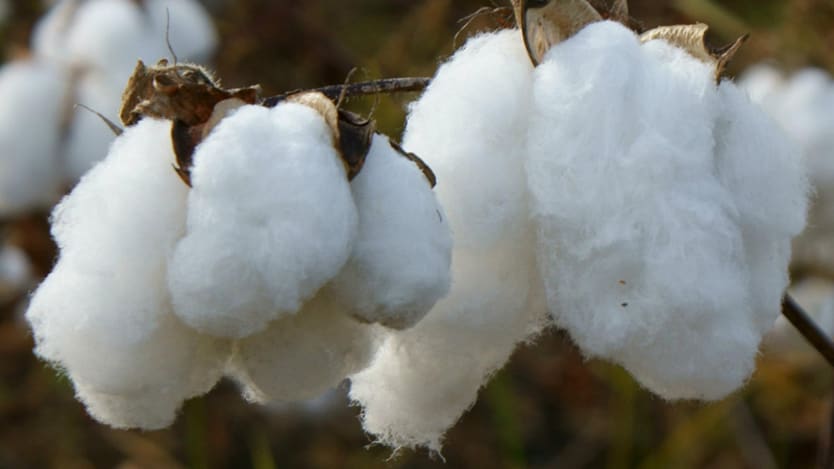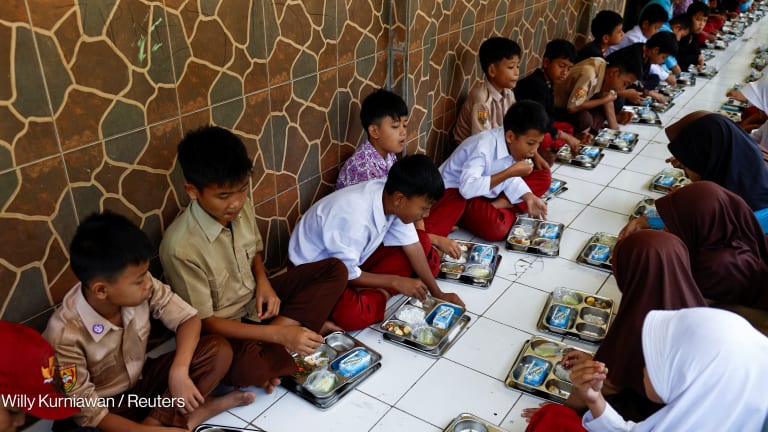
At the Better Cotton Initiative’s annual conference, held in Berlin from May 16 to 18, an Australian program encouraging collaboration between cotton farmers in Australia and Pakistan was held up as a new way forward for the cotton industry.
The initiative, which aims to improve access to global cotton markets for farmers in Pakistan, is a collaboration between the Better Cotton Initiative, or BCI, Cotton Australia and the Department of Foreign Affairs and Trade through the Business Partnerships Platform, or BPP. It will support the training of an estimated 200,000 farmers in Pakistan to become part of the BCI and Cotton Australia is providing a key role in providing expertise and knowledge.
Less than a year into the project, it is already being touted for bringing a new level of maturity to the cotton industry. By enabling widespread collaboration to improve cotton quality, the industry is working together to compete against synthetic fabrics and provide major brands, including Nike and IKEA, with materials that are sustainable and ethical.
Opinion: Partnering less to achieve more
Partnerships are all the rage these days, but the emphasis should hinge on their quality — not quantity. The Partnering Initiative's Dr. Stuart Reid explains.
Brooke Summers, the project lead for Cotton Australia’s cotton to market initiative, was in Berlin for the conference and to meet with the BPP project collaborators. Devex spoke to her about the response and her insights into this innovative project.
Here is the interview, edited for length and clarity.
The response at the annual conference to Cotton Australia and the Better Cotton Initiative program, which received funding in round one of the Business Partnerships Platform project, was very positive. Can you tell us more about what happened?
The Australian government and the BPP partnership got a huge profile at the conference and it is being seen as a great example of a new way to partner with BCI.
For the Australian government, this is probably one of the more advanced ones within the BPP so it is important to them.
But a key thing that came through — which was mentioned at the conference numerous time is various forums — was the generosity and spirit of the Australian cotton industry that is demonstrated through this collaborative project.
At one stage, a Pakistani farmer was on stage with a panel and said he wanted to acknowledge the kindness of Australian cotton farmers. At another stage of the conference, another farmer said he was praying for the farmers in Australia to have a good season.
Quite frankly I was astounded at the response.
We couldn’t possibly imagine how much impact the money [from the BPP] to provide training and expertise Australia is providing could have on Pakistani communities. It was a poignant moment that highlighted to me that these programs, which produce higher quality yield and better markets, are lifting people out of poverty.
We are sharing and collaborating with a country that is traditionally considered a competitor. Yet we do not see Pakistan as a competitor, but rather as a partner. Our competitors are the synthetic fibre producers.
Up until now, no government outside of Europe has supported BCI. So this was the first time that a government in our region has looked to a partnership like that and created a three-way deal for shared value in the partnership. And we are hoping this is just the start of it.
From the response, this model of collaboration and knowledge sharing is looking to be implemented widely by BCI.
At the conference, what was the response to the collaboration and model from the corporate side of the cotton industry?
The promotion of cotton in a positive light was very important. At the moment there is still a large gap between cotton produced globally, and the update from buyers.
It was good for cotton in general but also Australian cotton — we want to make sure the brands of the world are aware Australian cotton gets the tick from the sustainability, ethical and social point of view.
The brands of the world are the ones that make the call on the raw materials they use. For Australian cotton to be seen in this light as generous and contributing to the wider industry has really given us great kudos with brands that will be important for Australian cotton in the future.
Knowledge sharing is an important part of your BPP project — what has happened since the conference to continue support for farmers in Pakistan?
Since Berlin, we have had a number of Skype calls to solve some of the issues Pakistani farmers are facing on the ground.
One of them is around white fly, an insect that attacks cotton. We’ve had to deal with that problem ourselves, unfortunately, and have real expertise and a fair amount of success to share.
Pakistan is really keen for us to send someone over to see what is happening on the ground. But we are also looking at opportunities for farmers to come and visit us and with technology. The way it is now, Skype allows us to be out in the paddock with the farmers to view their crops — from the comfort and safety of the couch.
But this is all part of the establishing strong ties and enabling more engagement and collaboration between our two nations when it comes to cotton, and it is a great opportunity for us to look at how we can continue to share best practise in the future.
We are learning as we go what is useful and what is not, and one of the outcomes we are hoping for through the BPP project is a model for how we may expand this work and collaborate with other countries in the future.
How has the investment of the Australian government helped in this collaboration?
This is the first time we have done something like this as an industry. The Australian government’s contribution has taken us into a new way of thinking about where we fit in the global cotton industry.
For these farmers, they don’t know what they don’t know. Money is important, because training needs to happen, and it has opened greater opportunities for us to share knowledge that will allow Pakistan to set up a better and more robust industry that can respond to the challenges that will be thrown at them.
Personally, I see this as a real sign of maturity for the industry and the investment has assisted in moving us to this new direction.
Has this experience encouraged Cotton Australia to look at other partnerships with the public sector or philanthropic organizations to continue increasing opportunities for collaboration?
At the moment, we are stretched in terms of resources. We have to be careful about spreading ourselves thin, but I see a lot of potential in this area.
We have had a couple of Australian NGOs reach out to us for possible collaboration and one area this would be a possibility is in the garments sector — it is a part of the supply chain that needs work and support in its social credentials.
And there are a lot of other possibilities for us where we can be influential. But we need to take it steady, learn from this and think about our next steps, so we can make the best and biggest impact to support developing countries and growth of the cotton industry.
Read more international development news online, and subscribe to The Development Newswire to receive the latest from the world’s leading donors and decision-makers — emailed to you free every business day.








